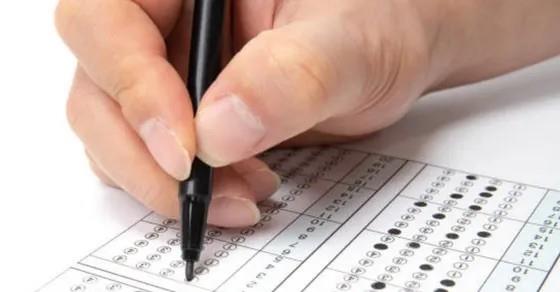Deep in Brazil’s Amazon rainforest, scientists have created a kind of “time machine” — an experiment that releases carbon dioxide into the jungle canopy to mimic future atmospheric conditions. The goal: to understand how the Amazon will adapt to a changing climate, a key topic set for discussion at next month’s COP30 UN climate summit in Brazil.
At the AmazonFACE project site near Manaus, the largest city in the Amazon, six rings of steel towers rise above the treetops. Each ring encircles 50 to 70 mature trees. After completing baseline tests, researchers will expose trees in three of the rings to higher carbon dioxide levels that match climate projections for the coming decades. The other three rings will remain as controls.
“We’re trying to recreate the atmosphere of the future,” said Carlos Quesada, coordinator at the National Institute for Amazon Research (INPA), which leads the project with the State University of Campinas.
Scientists say preserving tropical rainforests like the Amazon is crucial to limiting the most severe impacts of climate change. At COP30, held from November 10–21 in Belem — where the Amazon River meets the Atlantic Ocean — global leaders will confront the question of how resilient the rainforest will be in a warming world.
The FACE system (Free-Air CO₂ Enrichment) allows Quesada’s team to study how elevated carbon dioxide affects trees and surrounding vegetation. Supported by Brazil’s federal government and the UK, the AmazonFACE initiative is the first experiment of its kind conducted in a tropical forest at this scale.
“This is the first experiment in a natural tropical forest of this size,” said forestry engineer Gustavo Carvalho, standing beneath the canopy.
Currently, sensors record forest activity every 10 minutes, tracking how trees absorb carbon dioxide and release oxygen and water vapor under varying weather conditions. Later, scientists will simulate microclimates with even higher carbon dioxide concentrations.
“If models predict certain CO₂ levels for 2050 or 2060, we’ll reproduce those levels here,” Carvalho explained. “It’s like stepping into a small patch of forest that shows us what the future might look like.”













